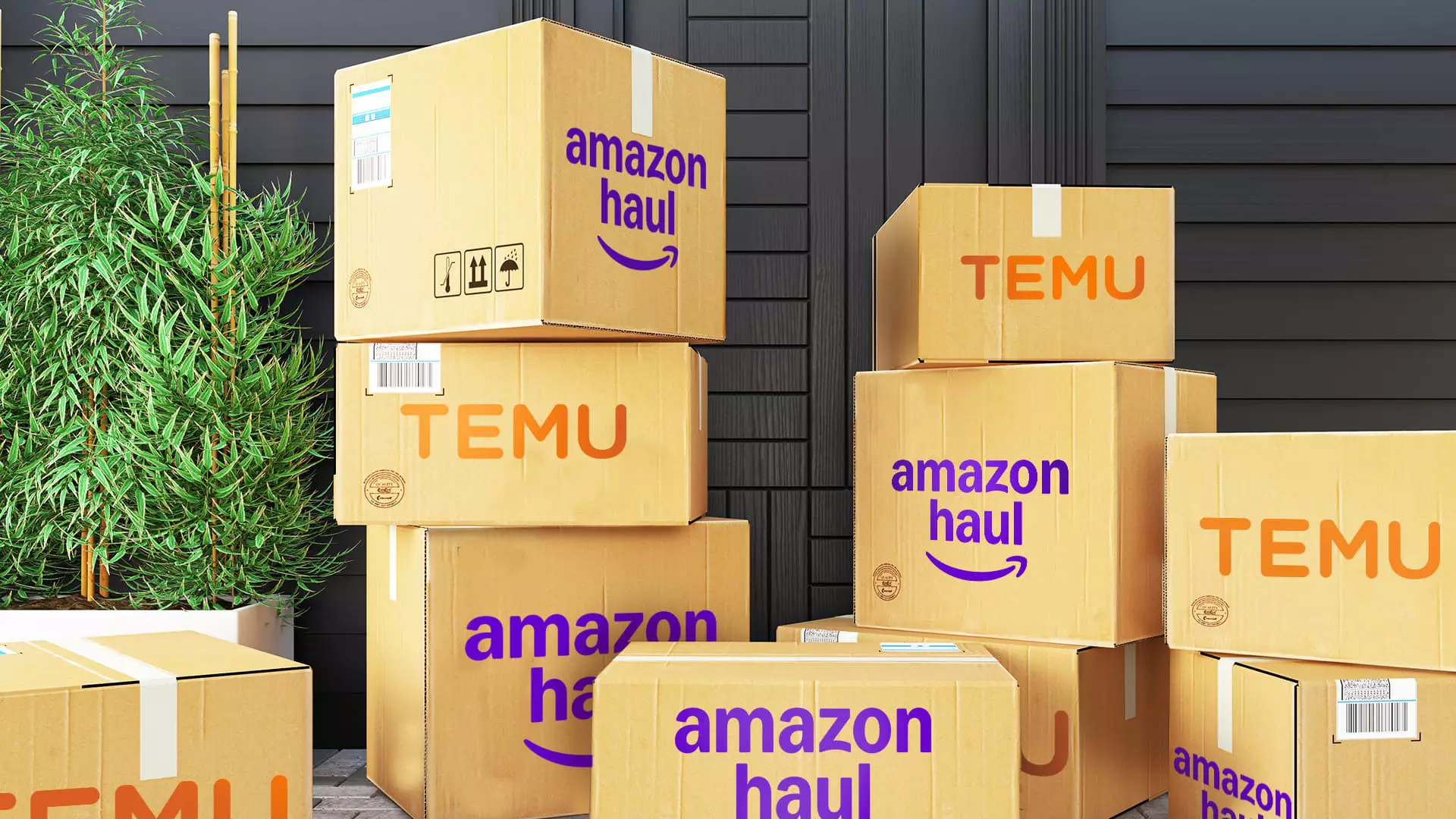Amazon, the e-commerce titan known for its incessant evolution, is poised to take a significant step in its ongoing battle for market supremacy with the launch of its discount storefront, Haul, beyond U.S. borders. The company is reportedly planning to introduce Haul in Europe later this year, signaling its ambition to compete directly with established players like Temu and Shein, which have gained considerable traction in recent times. This strategic move comes after Amazon’s initial unveiling of Haul in November, touted for fostering an engaging shopping experience and promoting affordability by bringing low-cost products under one roof.
With hints of this expansion emerging from job listings that surfaced online, it is evident that Amazon is serious about making Haul a global name. A recent vacancy for a software development engineer within the Haul team indicated intentions for a worldwide launch. Although this posting has since been taken down, it emphasizes the urgency and seriousness of Amazon’s plans, aiming to tap into international markets and broaden its revenue-generating avenues.
Notably, Haul has emerged as Amazon’s answer to the burgeoning demand for budget-friendly shopping solutions. The platform primarily offers products at astonishingly low prices—most items retail for $20 or less. With an assortment that includes $1 eyelash curlers and $2.99 rings, Haul’s pricing strategy is designed to attract deal-seeking customers. This aligns seamlessly with the growing trends among consumers who are increasingly drawn to platforms that offer significant discounts, such as Shein and Temu.
By exclusively launching Haul through the Amazon mobile app, the company aims to create a streamlined shopping experience, catering particularly to smartphone users. This mobile-first approach reflects broader consumer trends where shoppers favor purchasing on their mobile devices over traditional desktop browsing. However, as Haul continues to evolve, its ability to retain a competitive edge amidst ever-increasing pressure from rival platforms will be critical.
Despite the promising outlook for Haul, Amazon is likely to face numerous challenges as it seeks to establish a foothold in Europe. The potential use of plastic packaging for Haul’s shipments poses a significant conflict with the company’s sustainability goals in the region. Given that Europe is increasingly promoting eco-friendly practices, Amazon’s shift towards recyclable paper packaging raises questions about the feasibility of Haul’s operational model. Striking a balance between affordability and environmental responsibility will be crucial for the platform’s long-term credibility and acceptance in the European market.
Moreover, as Amazon navigates these hurdles, it must also consider the implications of geopolitical factors on its operations. The scrutiny of cross-border e-commerce, particularly with regards to goods shipped from China, presents another layer of complexity. The reinstatement of tariffs on certain goods may hinder Haul’s pricing strategy, challenging the very attractions that underpin its appeal to cost-conscious shoppers.
In an effort to maximize its revenue potential, Amazon is looking to replicate successful practices from its primary online marketplace within Haul. The introduction of sponsored products in Haul’s search results is a tactical move aligned with Amazon’s broader strategy of leveraging advertising as a key revenue stream. This approach, although effective, risks cluttering the user experience if not managed judiciously. As users come to expect a streamlined and user-friendly interface, the challenge for Amazon will be to integrate advertising without alienating its customer base.
Influencer collaborations have also found their way into Haul’s marketing strategy, allowing the platform to tap into the established follower bases of popular social media figures. Featuring curated lists from influencers enhances user engagement and enables a personalized shopping experience. However, this strategy necessitates careful selection of partnerships to ensure brand alignment and maintain authenticity.
As Amazon embarks on this ambitious expansion of Haul into Europe and other markets, the coming months will be critical in determining its success or failure. The company must tackle hurdles ranging from sustainability concerns to evolving regulatory landscapes that could impact its business model. Moreover, it must remain vigilant in understanding consumer preferences and market dynamics to sustain its competitive advantage.
Ultimately, Haul’s evolution and its ability to carve out space among established platforms rests on how well Amazon can balance affordability, user experience, and operational integrity. Finding this equilibrium may prove challenging, but if achieved, Haul could reshape the online discount retail landscape, offering consumers a robust alternative to existing players.

